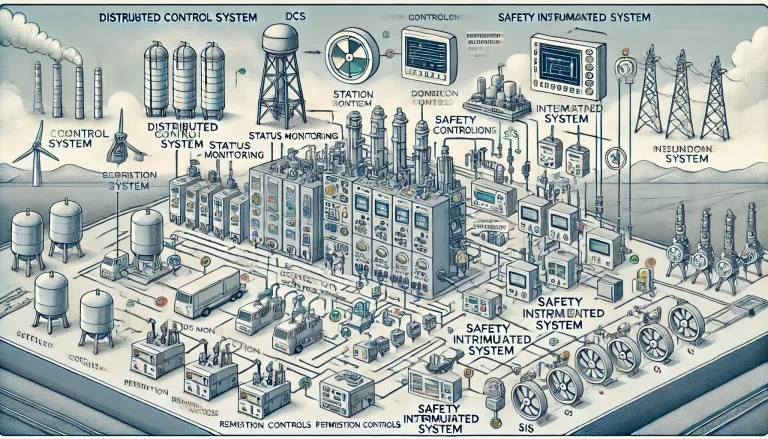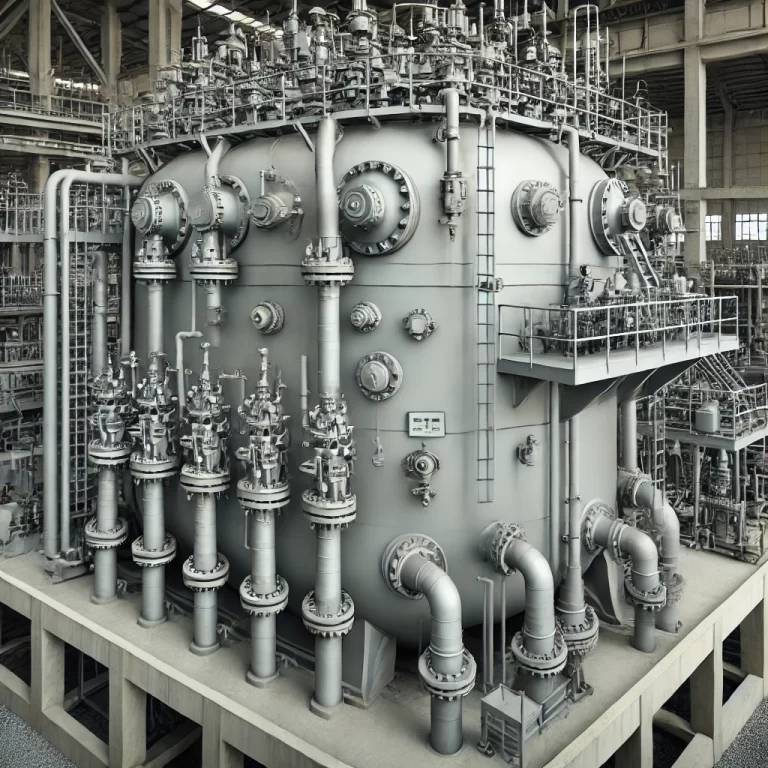Introduction
In the first half of this year, we implemented significant improvements in the sulfuric acid plant’s DCS (Distributed Control System). By optimizing control processes, we reduced operational events and alarms by over 90%. While this achievement is exciting, what inspires us even more is the innovative problem-solving applied within the DCS to achieve this milestone. These results are a culmination of years of refining PID parameter tuning, control strategy design, and continuous improvement efforts.
This article summarizes the key insights, challenges, and strategies employed during the project and outlines future directions for achieving comprehensive automation.

Key Achievements
Reduction in Alarms and Operational Events:
A dramatic reduction of 90% in alarms and operational events in the DCS was achieved. This result underscores the importance of systematic tuning and innovative control logic.
The reduction was not merely the result of deploying software but stemmed from a deep understanding of operational needs and technical solutions.
Creative Problem Solving:
The project showcased how innovative thinking and the iterative refinement of control parameters can overcome operational challenges. The focus was not on adding new tools but on maximizing existing resources’ capabilities.
Enhanced Automation and Operator Efficiency:
High-frequency operations were automated to minimize manual intervention.
Knowledge from operational practices was integrated into the automation strategy, ensuring more intuitive and effective process control.

Lessons Learned
Automation is More Than Technology:
Reducing alarms and improving operational efficiency is not just about implementing new systems or software. True automation requires thoughtful integration of operational knowledge, constraints, and control objectives.
Automation must focus on achieving measurable outcomes rather than being treated as a turnkey solution.
Collaboration Across Teams:
Successful implementation required cross-disciplinary cooperation. Engineers, operators, and project managers contributed knowledge, from identifying risks to refining process designs.
Collaboration transcended contractual boundaries. By fostering a shared vision, we moved away from a traditional client-contractor mindset and embraced a more unified problem-solving approach.
Continuous Learning and Risk Management:
The willingness to take calculated risks during configuration adjustments played a vital role in pushing boundaries.
Continuous learning about the DCS’s advanced capabilities was instrumental in achieving this milestone. This involved rigorous research, meticulous configuration, and adherence to standardized practices.

Strategic Goals and Future Directions
Pushing Toward Zero Manual Operations:
Zero manual operation remains a strategic goal. This involves consistently identifying high-frequency tasks for automation and integrating more advanced control strategies.
Constraints, such as challenging industry problems (e.g., sulfur dioxide control) or complex subsystems (e.g., power generation), must be addressed proactively with innovative solutions.
Enhancing Process Knowledge Automation:
Embedding operator knowledge into automated systems is critical for sustainable success. High-frequency tasks should be treated as opportunities for automation rather than dismissed as exceptions.
Automating process knowledge contributes not only to operational safety but also to economic efficiency, making it a core competitive advantage.
Maximizing Existing Resources:
Automation does not necessarily require significant investments in new systems. Instead, we aim to explore the full potential of current equipment and leverage operational experience to drive improvements.
Knowledge Transfer and Scaling:
A key objective is to transfer the methodologies developed in this project to other sulfuric acid plants and potentially across the organization.
True knowledge transfer requires hands-on practice. Observing is not enough; solving problems firsthand develops genuine expertise.
Scaling these methods to other plants and contexts will amplify their impact and contribute to organizational growth.

Conclusion
Automation and digital transformation in the sulfuric acid industry are about much more than installing systems or purchasing tools. They require the continuous discovery and resolution of process challenges, the creative application of technical knowledge, and effective collaboration across teams.
By building on the lessons of this project, we aim to achieve not only zero manual operations but also a broader shift toward smarter, safer, and more efficient industrial practices. Success in this endeavor will not only enhance our competitiveness but also set a new benchmark for the industry.
